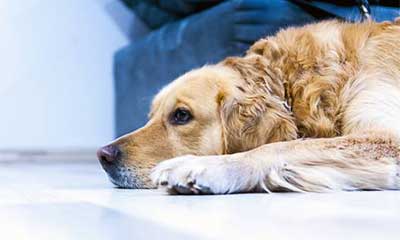Bare Owls: A Look at Featherless Birds

Owls are renowned for their majestic plumage, which enables them to glide silently through the night, blending seamlessly into their natural habitat. However, the rare sight of an owl without feathers presents a unique perspective on these enigmatic creatures. This article delves into the reasons behind this phenomenon, its implications, and the care required for such birds.
The Anatomy of Feathers
Feathers are not merely for show; they are critical for an owl's survival. They provide insulation, aiding in temperature regulation, and their unique structure allows for near-silent flight, enabling owls to stealthily hunt their prey. Additionally, feathers offer waterproofing and protection from the elements and predators. The absence of these features presents significant challenges for an owl.
Reasons Behind Featherlessness
Featherlessness in owls can occur due to several factors:
- Molting: A natural process where owls shed old feathers to make way for new ones. Although normal, excessive molting can sometimes leave an owl looking bare.
- Disease: Conditions such as Psittacine Beak and Feather Disease (PBFD) or fungal infections can cause abnormal feather loss.
- Parasites: Feather mites and lice can damage feathers, leading to loss.
- Genetic Disorders: Rare genetic conditions can result in poor feather development.
Impact on Health and Survival
The absence of feathers affects an owl in various ways:
- Thermoregulation: Owls struggle to maintain their body temperature without insulation, making them vulnerable to hypothermia or overheating.
- Camouflage and Protection: Without feathers, owls cannot blend into their environment, increasing their risk of predation.
- Flight and Hunting: Feathers are essential for flight; without them, owls cannot hunt effectively, leading to malnutrition.
Rehabilitation and Care
Caring for a featherless owl requires specialized knowledge and facilities:
- Temperature-Controlled Environments: To assist with thermoregulation, a stable, warm environment is necessary.
- Nutritional Support: A balanced diet is crucial for supporting feather regrowth.
- Medical Treatment: Addressing the underlying cause of feather loss is vital, whether it be treating parasites, infections, or providing supportive care for genetic conditions.
- Protection: Featherless owls need protection from potential predators and harmful environmental conditions.
The Road to Recovery
Rehabilitation efforts focus on encouraging healthy feather regrowth and addressing any health issues. This process can be lengthy and requires patience and dedication from wildlife rehabilitators. Success stories of owls regaining their feathers and returning to the wild highlight the resilience of these birds and the importance of conservation efforts.
A Glimpse into Vulnerability
The sight of an owl without feathers is a powerful reminder of the fragility of wildlife and the impacts of health, environment, and human interaction on these creatures. It underscores the need for ongoing conservation efforts to protect these and other species, ensuring their survival for generations to come.
Conclusion
While the image of a featherless owl may be startling, it offers a unique opportunity to learn about the importance of feathers and the challenges faced by these birds. Through understanding and supporting wildlife conservation and rehabilitation, we can help ensure that owls, feathered or not, continue to thrive in their natural habitats.



Comments